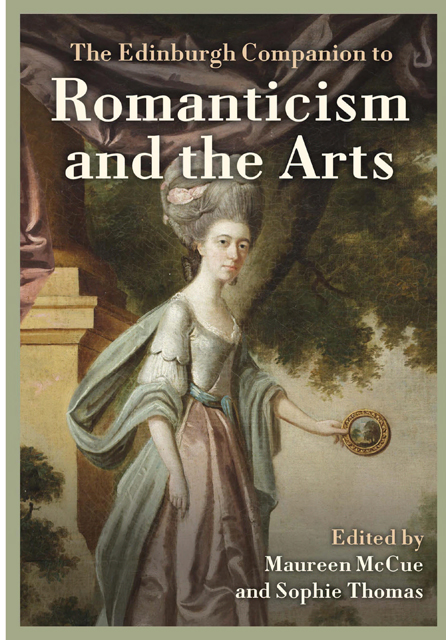6 - Collecting and the Country House, 1750–1840
Published online by Cambridge University Press: 25 April 2023
Summary
Classical busts and statues are ubiquitous in British country houses. They meet the visitor at the door, embellish formal staterooms, dining rooms and libraries, line or fill vistas in the gardens, and are gathered in dedicated galleries. Their presence as tangible manifestations of ancient Greece and Rome adds to the sense of permanence evoked by the houses, and the aristocracy and gentry who reside in them. The sculptures contribute to the perception that both the houses and the families have been and will always be there. However, this initial gloss of continuity breaks down when we consider when and which sculptures were acquired and by whom. The majority were purchased during the long eighteenth century (c. 1680–1840), when hundreds of country houses were built or significantly remodelled. This was a period when the age-old aristocracy and landed gentry (collectively the ‘patriciate’) would come to share the economic, political and social arena with men of ‘new’ money: merchants, bankers, West Indian sugar planters, East Indian ‘nabobs’ and naval and military officers who had made their fortunes in the colonial-imperial economy.
With these seismic changes came unprecedented attention to people’s status and how they carried themselves in ‘polite’ society. The upper aristocracy evoked an aura of habitus – a term coined by Pierre Bourdieu – in which their status was elicited by thoughts and actions habituated ‘through the lasting experience of [their] social position’ (Bourdieu 1989, 19; Bourdieu 1984). Despite being, by definition, unattainable, others aspired to this habitus through imitation. However, the desire to imitate was more than the superficial mimicry gleefully mocked by social commentators such as Horace Walpole and Thomas Rowlandson. The upper aristocracy represented stability, continuity and a familiar social hierarchy, and those members of the lower levels of the patriciate who aspired to greater rank and sought to distinguish themselves from men of new money strove to carve out, through potent and nuanced imitation, a distinctive socially acceptable space for themselves. This constructive emulation was engrained – not unlike habitus – through the patriciate’s deep classical education and exposure to the philosophy of the seventeenth and eighteenth centuries, of which the Earl of Shaftesbury’s Characteristicks of Men, Manners, Opinions, and Times (1711) was especially formative. Imitation was thus a model for learning and a blueprint for civilised society as a whole, and country houses were tangible demonstrations of that civility.
- Type
- Chapter
- Information
- The Edinburgh Companion to Romanticism and the Arts , pp. 113 - 129Publisher: Edinburgh University PressPrint publication year: 2022



